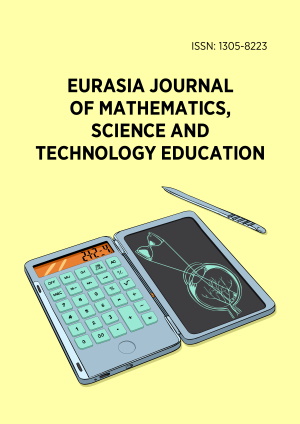Abstract
Critical mathematics education is concerned with the connection between mathematics education and social issues. Working with landscapes of investigation is a way to address this concern in mathematics classes. In this article, we seek to understand how primary teachers use landscapes of investigation in their teaching practice from the involvement in in-service teacher education. Specifically, we discuss how Grade 3 and 4 teachers planned and developed landscapes of investigation with their students. This study follows the interpretative paradigm with a qualitative approach. We use case study methodology and participant observation with different integrated data production instruments, which include video and audio recording of the teacher education sessions, field notes and interviews. For the analysis, we use categorical content analysis. The results suggest four characteristics that stood out during the teachers planning and development of landscapes of investigation, related to their connection with the problematization of a social issue, the use of a semi-reality to explore this problem, the format of the tasks and their potential to stimulate critical reflections.
License
This is an open access article distributed under the Creative Commons Attribution License which permits unrestricted use, distribution, and reproduction in any medium, provided the original work is properly cited.
Article Type: Research Article
EURASIA J Math Sci Tech Ed, Volume 21, Issue 5, May 2025, Article No: em2636
https://doi.org/10.29333/ejmste/16393
Publication date: 20 May 2025
Article Views: 2400
Article Downloads: 965
Open Access References How to cite this article
 Full Text (PDF)
Full Text (PDF)